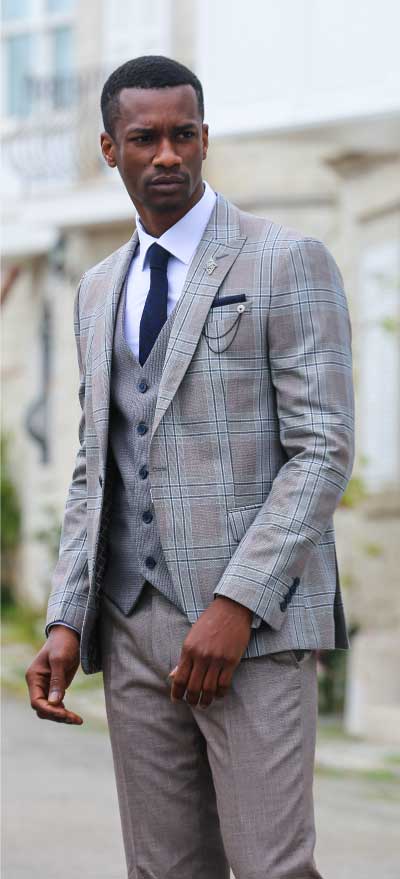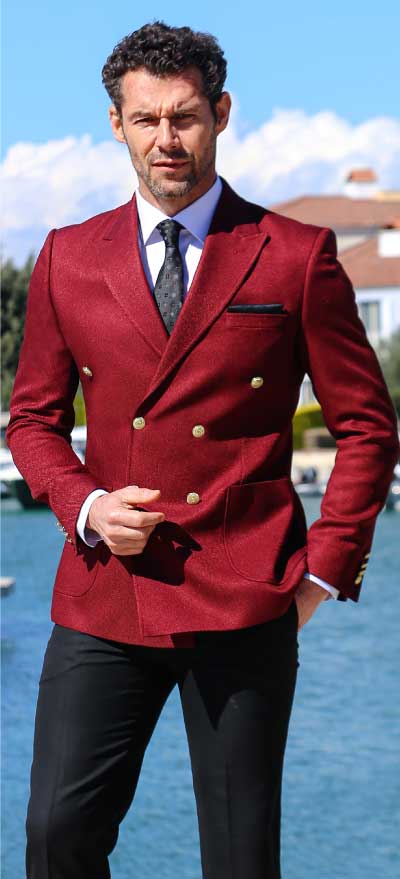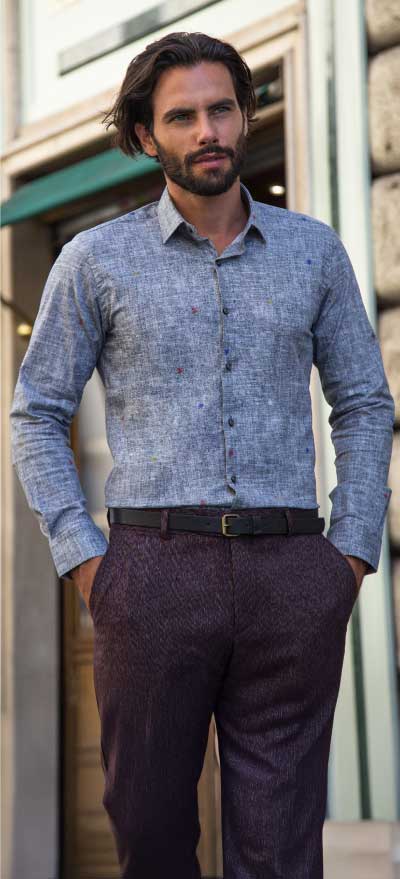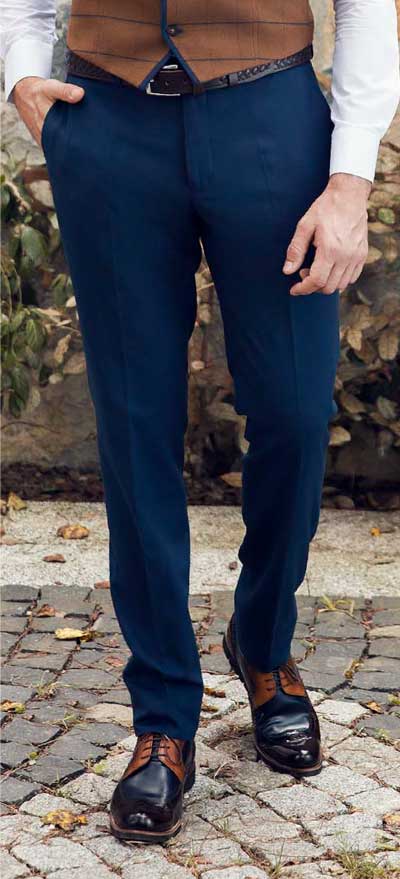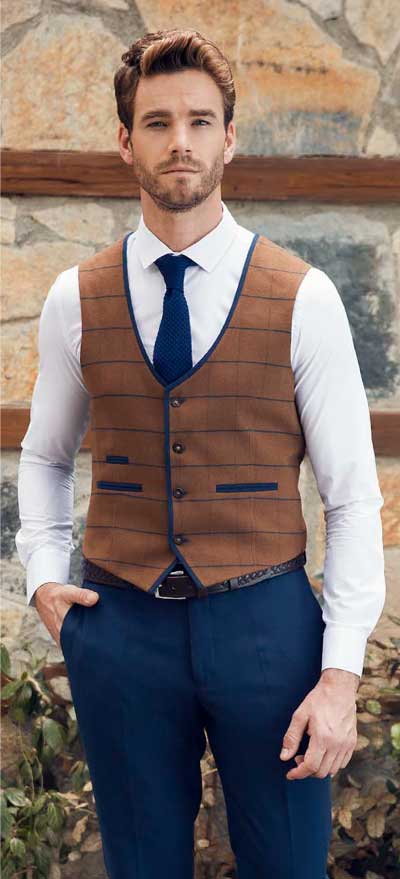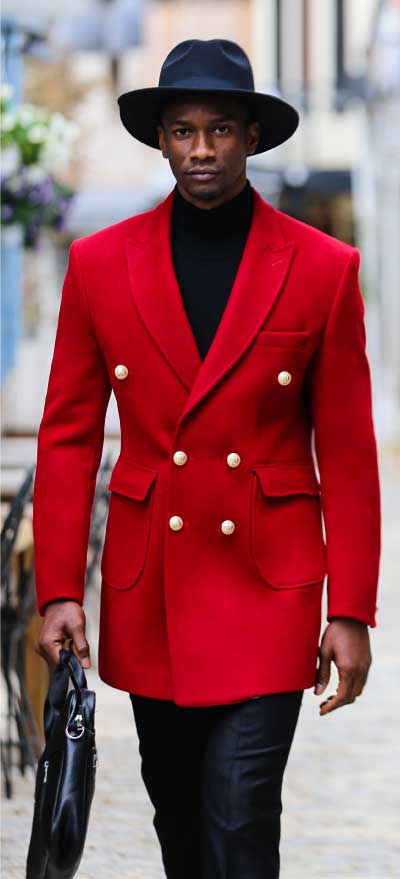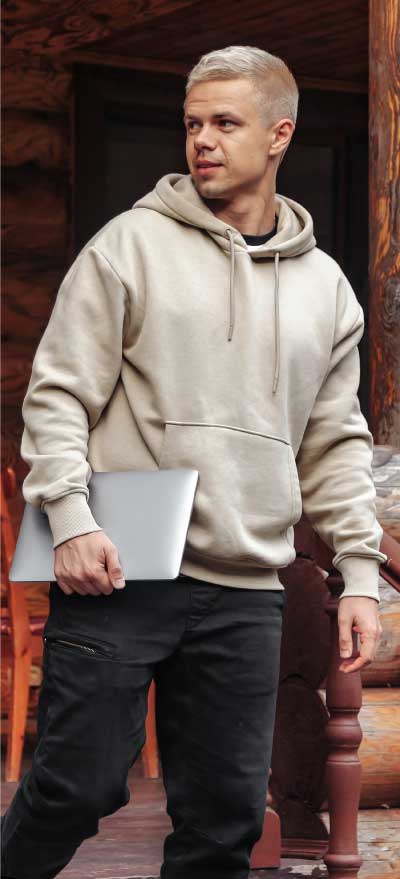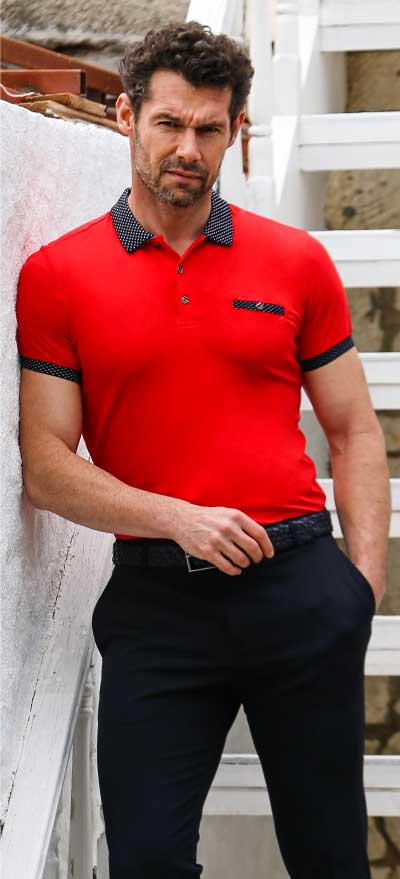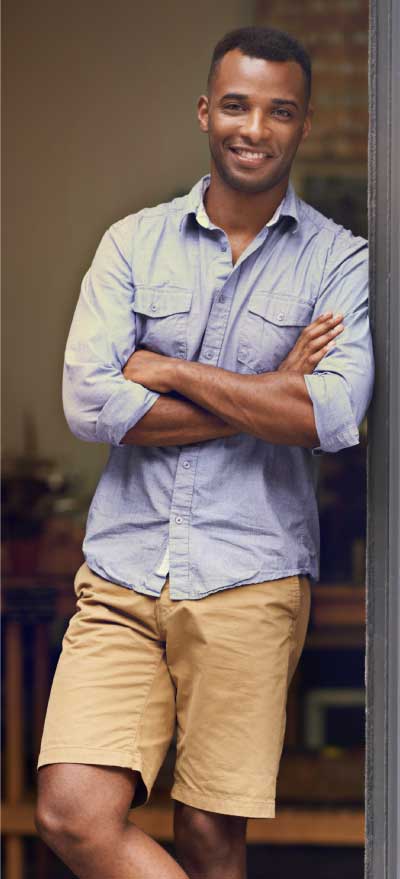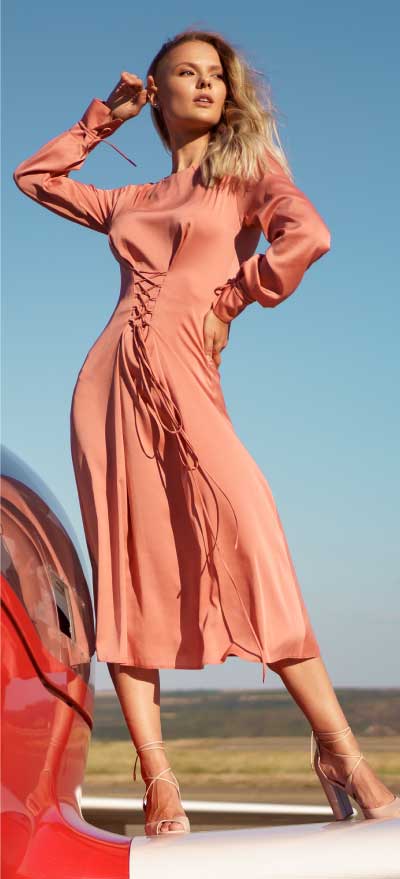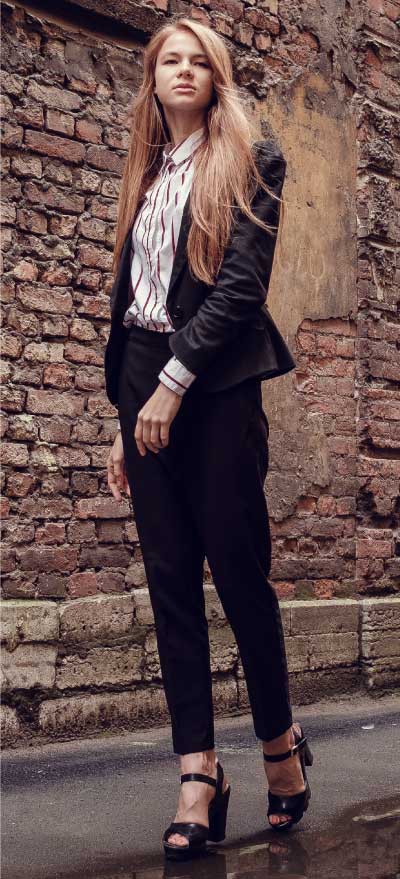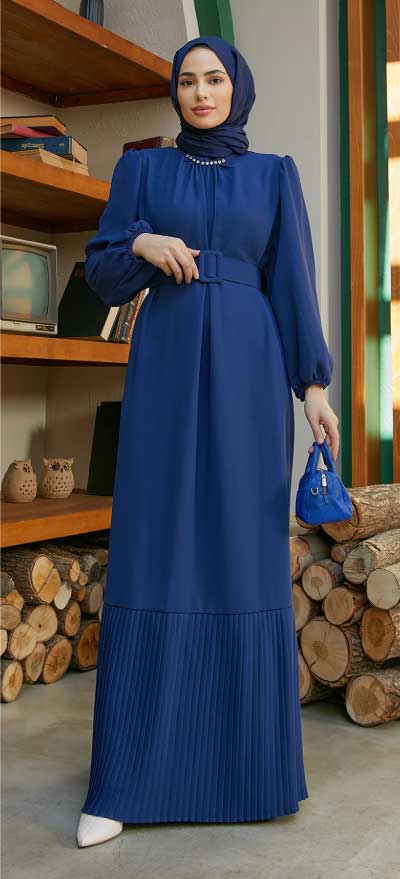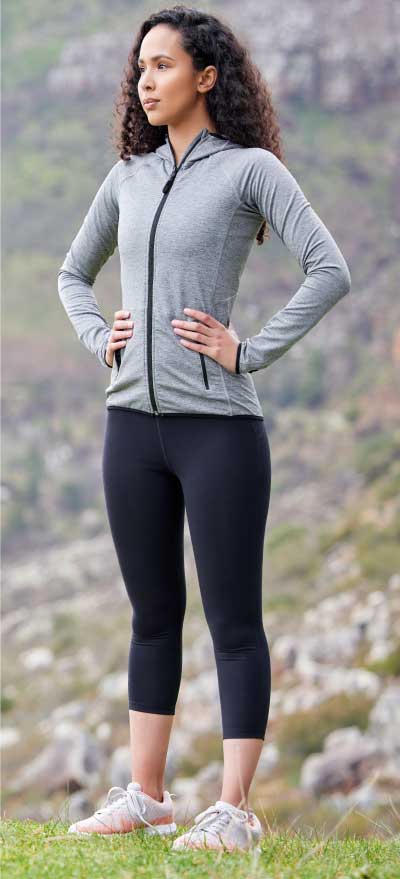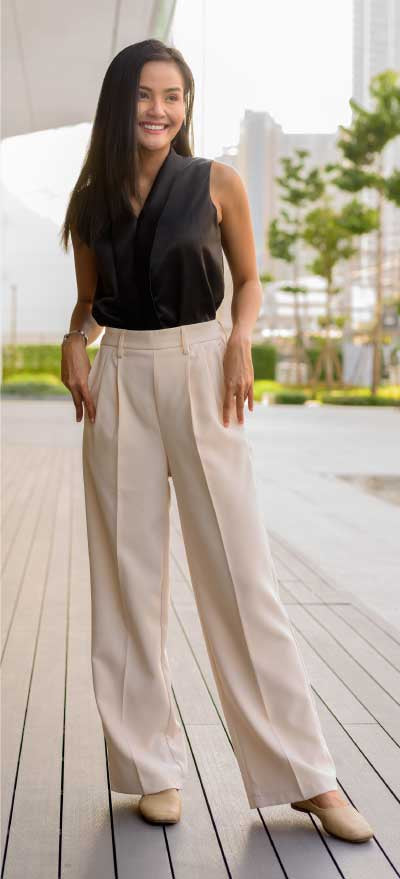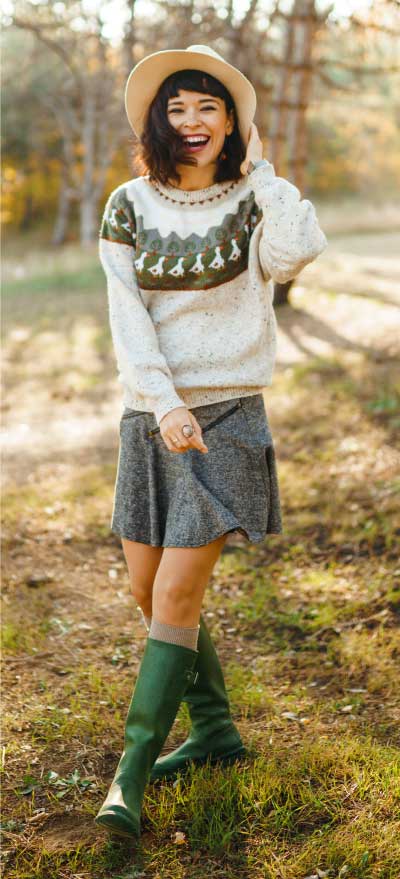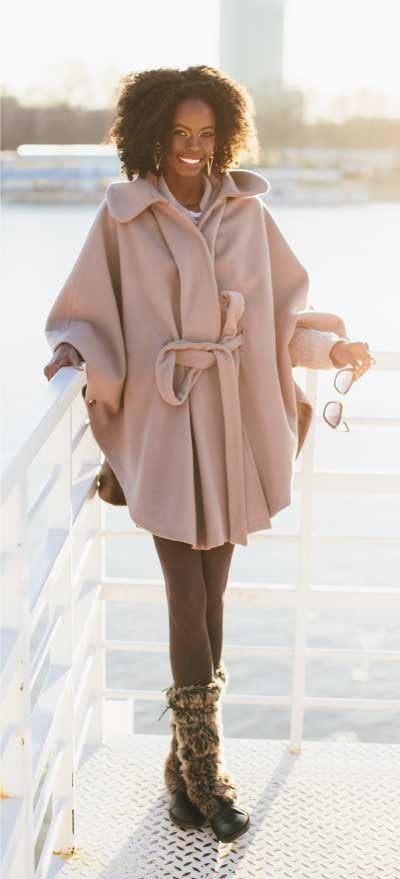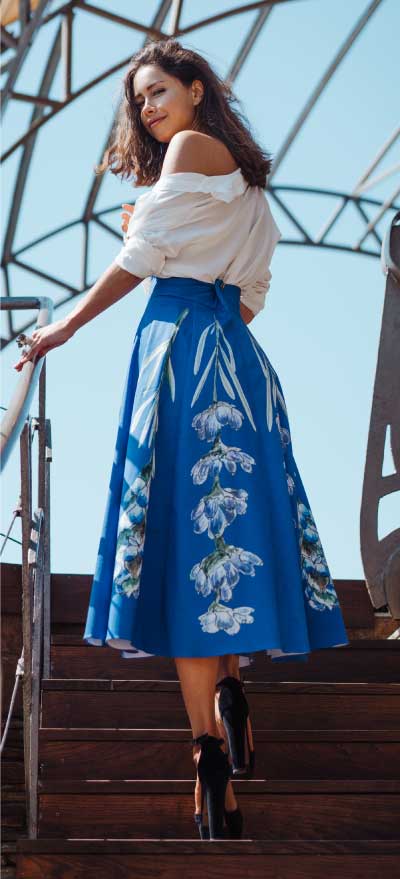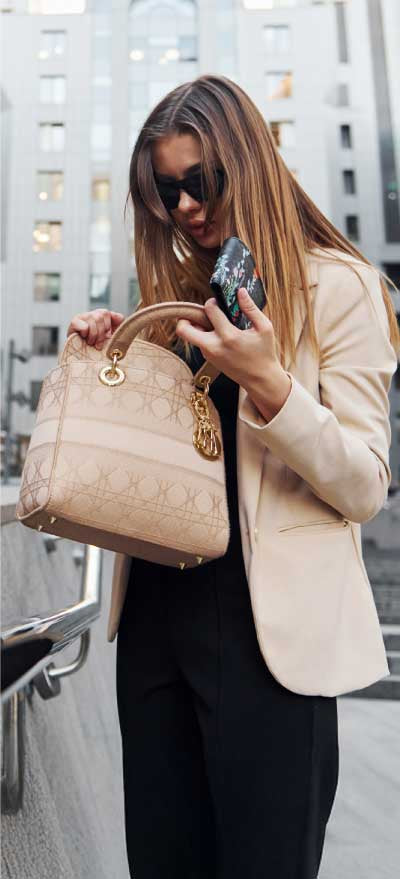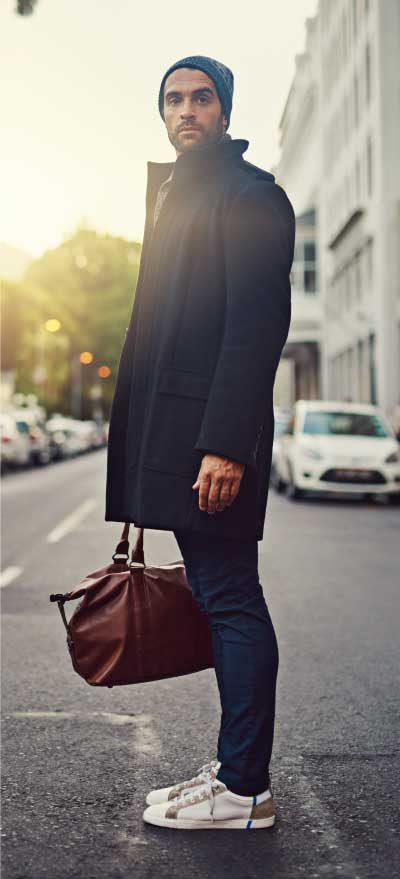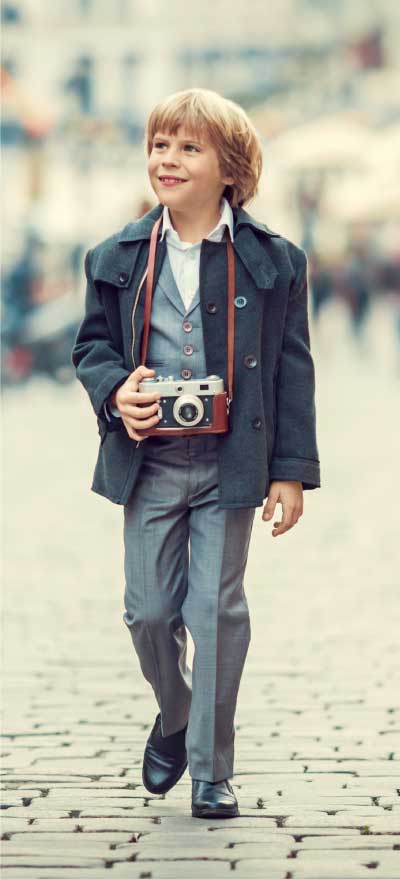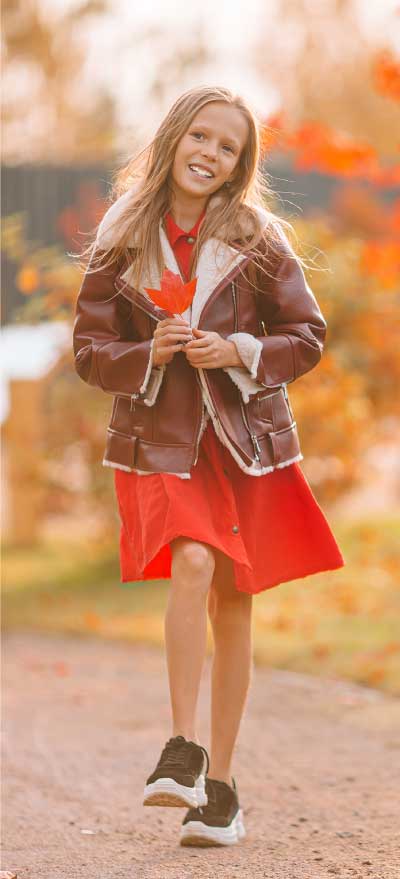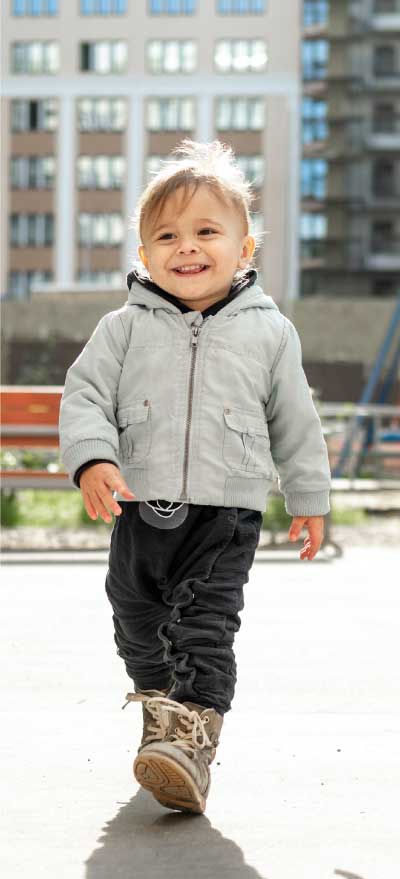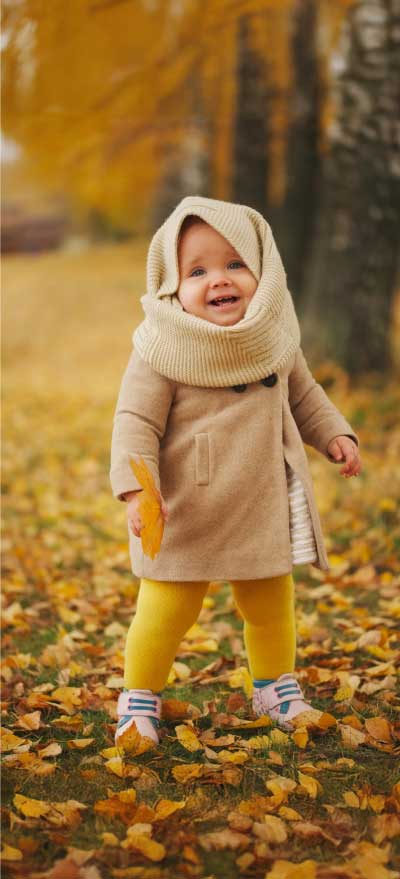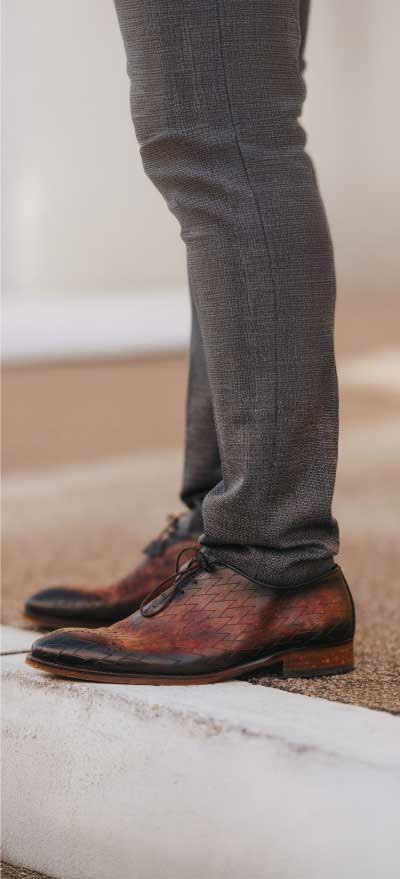Designing Stores for Baby Gear and Clothing
Creating the perfect retail environment for baby gear and clothing requires a unique approach that balances functionality, safety, and emotional appeal. Unlike standard retail spaces, baby stores must cater to both practical-minded parents and the inherent desire to create a nurturing environment for their little ones. When designing these specialized retail spaces, whether for independent boutiques or wholesale operations like Clothing Supplier, understanding the specific needs of your target customers becomes paramount to success.
Understanding Your Customer Journey
Parents shopping for baby items experience a fundamentally different retail journey compared to other consumer segments. They often shop with strollers, carry bags, and may have other children in tow. Your store design must accommodate these realities while creating an enjoyable shopping experience. Wide aisles become essential, not just for accessibility but for practical navigation with baby equipment.
Consider implementing a logical flow that guides customers through essential categories systematically. Start with immediate needs like feeding and diaper changing supplies near the entrance, then transition to clothing sections organized by age and size. This thoughtful progression helps overwhelmed new parents find what they need efficiently while encouraging exploration of additional products.
Creating Safe and Accessible Spaces
Safety considerations in baby stores extend far beyond standard retail requirements. Every display fixture, corner, and elevated surface must be evaluated through the lens of child safety. Rounded corners, secured shelving, and shatterproof materials should be standard throughout your space. Even when focusing on wholesale clothing distribution, Clothing Supplier emphasizes the importance of safety-first design principles in retail partner locations.
Accessibility takes on new meaning in baby retail environments. Beyond compliance with disability access requirements, consider the needs of parents using wheelchairs, walking aids, or mobility scooters while managing baby gear. Multiple height levels for product displays ensure that all customers can comfortably browse your inventory without strain or difficulty.
Strategic Layout and Traffic Flow
The layout of a baby store should prioritize intuitive navigation and logical product groupings. Create distinct zones for different age ranges, from newborn essentials to toddler items, with clear visual cues and signage to guide customers. This approach helps parents quickly locate age-appropriate items while encouraging them to explore products for future developmental stages.
Implement a racetrack layout that naturally guides customers through your entire inventory while providing multiple shortcuts for focused shopping trips. Position high-demand items like diapers and formula in locations that require customers to pass other product categories, increasing exposure to your full range of offerings.
Color Psychology and Emotional Design
Baby stores offer unique opportunities to leverage color psychology and emotional design elements. Soft, nurturing colors like gentle pastels, warm whites, and natural wood tones create an environment that feels safe and welcoming. However, avoid overwhelming spaces with stereotypical pink and blue color schemes that may alienate parents seeking gender-neutral options.
Incorporate natural elements like plants, natural lighting, and organic textures to create a calming atmosphere that reduces shopping stress. Parents often feel overwhelmed by the sheer volume of products available for babies, so your environment should provide emotional support and clarity rather than additional stimulation.
Functional Display Solutions
Baby clothing and gear require specialized display solutions that balance visual appeal with practical considerations. Use adjustable shelving systems that can accommodate products of varying sizes, from tiny newborn onesies to larger car seats and strollers. Glass displays work well for premium items but ensure they're safely positioned away from curious toddlers.
Interactive displays allow parents to test products like strollers, high chairs, and car seats before purchasing. Create dedicated testing areas with appropriate spacing and safety measures. For clothing displays, focus on showing size ranges clearly and provide easy access to different color options without creating cluttered presentations.
Technology Integration for Modern Parents
Today's parents expect seamless integration of technology in their shopping experience. Implement digital size guides, product comparison tools, and mobile-friendly information systems. QR codes linking to product reviews, safety information, and usage tutorials provide valuable resources without overwhelming your physical space with printed materials.
Consider developing an app or digital system that helps parents track their baby's growth and suggests appropriate clothing sizes and gear upgrades. This approach builds customer loyalty while providing ongoing value beyond individual transactions.
Creating Comfort Zones
Design dedicated areas where parents can comfortably nurse, change diapers, or simply take breaks during extended shopping trips. These comfort zones don't need to be large, but they should be private, clean, and well-equipped with necessary amenities. Including comfortable seating for partners or family members shows consideration for the entire family unit.
Provide entertainment options for older children, such as small play areas or interactive displays, to keep siblings occupied while parents focus on shopping for the baby. This consideration significantly improves the shopping experience for families with multiple children.
Seasonal Adaptations and Growth Planning
Baby stores must adapt to seasonal changes in product demand and customer needs. Design flexible spaces that can accommodate seasonal merchandise like winter coats, summer swimwear, and holiday outfits without requiring major renovations. Modular display systems provide the adaptability needed for evolving inventory.
Plan for business growth by designing spaces that can expand or reconfigure as your customer base grows. Whether sourcing from wholesale suppliers like Clothing Supplier or developing your own product lines, flexible design principles ensure your investment continues serving your business as it evolves.
Conclusion
Successful baby store design requires balancing multiple complex factors while maintaining focus on customer experience and safety. By prioritizing accessibility, emotional comfort, and practical functionality, retailers can create environments that support parents through one of life's most important journeys. Remember that every design decision should serve the ultimate goal of helping families find exactly what they need to care for their precious little ones, while building lasting relationships that extend well beyond individual transactions.




